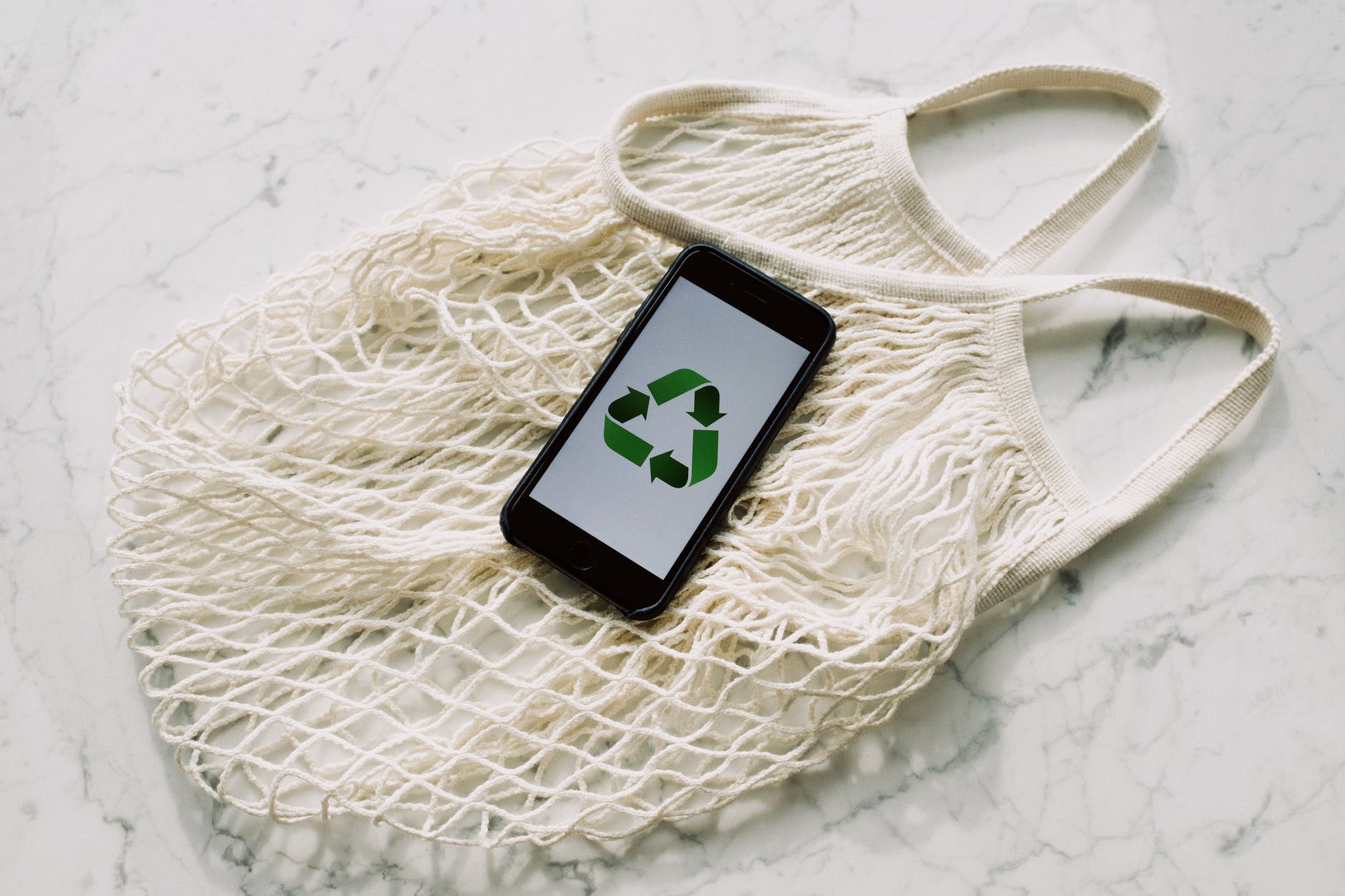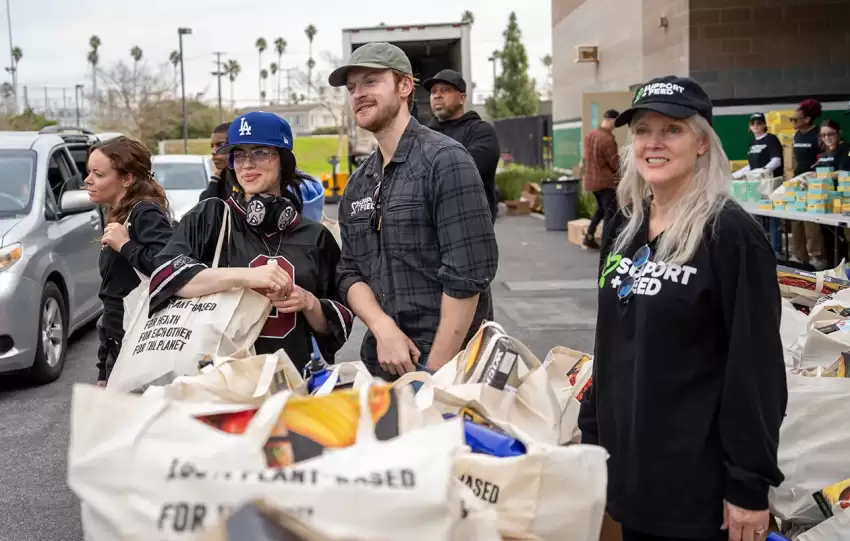Have you been growing increasingly aware of the food in your house that might be going to waste? The food crisis is real, but with #LittleGreenSteps, its effects can be reduced. From redistributing excess to tackling your household food, you can do your bit with these food waste apps.
Bread and butter issues: what’s wrong with our food systems?
We have a capitalist food system, and it’s failing us. Our food production is based on ecological destruction, inhumane labor practices, and the degradation of human health. Like everything else, agriculture is being privatised by corporations, which is leading to even more exploitation. As consumers, we have been alienated from our historical relationships with food, especially its production.
On a personal level, navigating the food waste crisis also means building an intimate and intentional relationship with the food we eat: where it comes from, how it’s produced, the labour behind it, supply chains and distribution. As it is more profitable for supermarkets to have an overabundance of produce, large food waste is generated at the point of retail. According to UNEP Food Waste Index Report 2021, about 931 million tonnes of food goes to waste each year, with between 8-10% of global carbon emissions linked to unconsumed produce. 17% of global food production is wasted, with 61% of this waste coming from households, 26% from food service and 13% from retail.
Food waste burdens waste management systems, increases food insecurity and is a major contributor to the global problems of climate change. Meanwhile, world hunger is on the rise: more than enough food is produced to feed the global population—but as many as 811 million people still go hungry.
A circular economy (one that mimics natural systems of regeneration so that waste does not exist, but is instead fed back to those who need it) and redistribution of excess is a step in the right direction. From providing shops and households with a platform to give away their surplus food to building relationships with neighbours, here are ten apps that are redefining the way we consume food:
1. Olio
The app was founded in 2015 and now sees more than a million users worldwide, with over two thousand in Singapore. Olio allows users to put up and peruse listings of both food and non-food items (clothes, household items, etc)—all items are up for free! You can snap a photo, upload details of the food (vegetables, bread from bakeries, etc) that would otherwise be thrown away, and let your neighbours re-home it if they are in need. For members interested in volunteering, the “food waste heroes” program allows people to pick things up from cafes and shops that list food on the site.
2. Phenix
The ground-breaking app Phenix was created to tackle the urgent problem of food waste in a novel and significant way. By linking leftover commodities with people in need, the app acts as a link between businesses and customers, with the goal of reducing the quantity of edible food that is abandoned. With the use of technology, Phenix matches excess food from cafés, restaurants, and supermarkets with nearby nonprofit organisations or private citizens. In addition to aiding in the fight against hunger, Phenix promotes a more ecologically friendly and sustainable way of consuming food by enabling its surplus to be redistributed. The app offers an easy-to-use platform that motivates companies to take part in food waste reduction efforts, which is in line with the worldwide objective of developing a more just and efficient food system.
3. Food Rescue US
Food Rescue US is a US-wide app connecting food donors, like grocery stores and restaurants, with food rescue groups and local community kitchens to fight food waste and food insecurity. The app targets anyone who wants to donate or receive food. It is part of the company’s larger mission to reduce food waste by giving donors the opportunity to give their excess food to social service agencies. Users just answer a few questions and then request a food pick-up. They are then matched with a nearby shelter. Since its inception in 2011, Food Rescue US has saved over 22,000 tonnes of food from landfills.
4. Too Good To Go
Too Good To Go has 39.1 million users and counting. This app with an extensive listing of restaurants, cafes, bakeries, and grocery stores that sell unsold food. The app connects consumers with food from these spaces to sell “surprise bags” at a discounted price. These bags range from $4 to $6, significantly lower than your typical dine-in experience. Users can browse the map for food near them and pick up a “surprise bag”. The app has saved over 70 million meals worldwide and has partnered with over 87,000 local food businesses. Too Good To Go’s global mission reaches much further than their app. They are pushing for legislation to clear up confusion around food labelling that leads to food waste. Too Good To Go has worked with over 500 schools and universities through events, lectures and research to improve everyone’s education around food waste.
5. Food For All
Food For All was originally launched through a Kickstarter campaign (pictured above) in collaboration with Harvard T.H. Chan School of Public Health. It now helps eliminate last-minute restaurant waste, by connecting customers to restaurants one hour before they close, for meal discounts as high as 80 per cent. Customers can enter their location and explore nearby deals through over 200 locales. The mission of its founders is summed up as: help, save, eat. Users also can donate food to people in need through the app.
6. FlashFood
This one’s currently only available in Canada and United States. In the process of its creation, FlashFood’s founder spoke with hundreds of grocery store employees to learn about their wasteful practices. Most unsold food items that were approaching their best-before dates by up to two weeks were typically thrown away. FlashFood allows shoppers to browse those items and get big discounts on food items nearing their expiration dates (they’ve teamed up with large supermarket chains to help sell surplus at reduced prices). All you have to do is pick a grocery store near you, select items, and then purchase them with a discount. The app also saves “not good enough” retail items and ships them to customers. Farmers and growers also can give Flashfood items that were rejected by grocers, to be sent to environmental-conscious consumers.
7. NoWaste
NoWaste’s vision is to simply have the “no. 1 app to reduce food waste and food loss by consumers”. The founder believes he has made it easier than ever to know the contents of your freezer, fridge and pantry. NoWaste users can scan receipts and barcodes, log each weekly shop, make lists of what’s in, plan meals more effectively and receive automatic expiration reminders. Beyond their main aim of reducing food waste, they also help save time, money and mental energy when managing the food at home.
8. nosh
nosh is an AI-based app offering the option to track the food you have in your home. nosh has recognised many of us are now buying more food and stocking up to avoid going out so often. With nosh, users can view categorised expiry and use by dates all on one screen, so they can easily prioritise which foods to use up first. Users have access to recipe suggestions, clear visibility of the foods they already have and a weekly shopping list formulated based on their buying and wasting habits. nosh estimates the app has helped save 103,400 food items and 41.94 tonnes of CO2 emissions so far.
9. Kitche
Co-founder Alex Vlassopulos designed the Kitche app based on how he manages his own kitchen: by planning meals based on what needs eating first and minimising food waste. The free app has thousands of recipe suggestions that users can filter by the ingredients in their kitchen that need to be used up. It has features similar to NoWaste and nosh, like food expiration prompts. The Kitche team believes most of the good food the average UK family throws out every month can be avoided with diligence and by using their app.
10. Misfits Market
Because of its creative solution to the problem of food waste, Misfits Market is a ground-breaking piece of app that has become extremely popular. If you’re wondering what this app is about, you can find “misfit” or “defective” fruits, vegetables, and other grocery items that regular stores would often throw out due to production errors or aesthetic defects. By offering these goods at a discount, Misfits Market not only helps consumers save money on their shopping costs but also significantly reduces food waste. The app does more than just provide fairly priced, high-quality items; it actively works to create a food delivery system that is more humane and environmentally conscious
Bonus: start your own food programmes/networks!
COVID has brought mutual aid to the mainstream. With online spreadsheets, mutual aid networks are keeping people fed during the pandemic. One of the first instances of mutual aid was the free breakfast for school children program that was set up in Berkeley, California, in 1969. It was the first significant community program organised by the Black Panthers, and perhaps the most well known. More than 20,000 children received free breakfast before going to school.
Now that this radical practice is getting so much more mainstream attention, “community fridges” (started by the people on the ground) are on the rise. We’re inspired by these exchanges of food, emotional labour and time. Addressing both climate change and food insecurity, the fridge is a place where anyone in the community can leave surplus food, and others are free to take it depending on their need. It’s a symbol of hope; one that belongs to the people.



